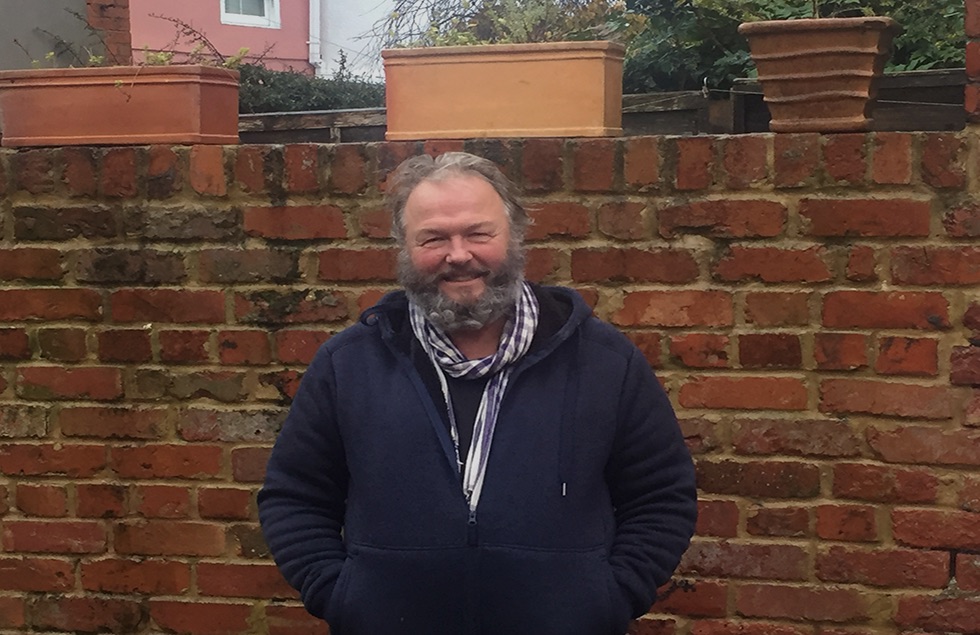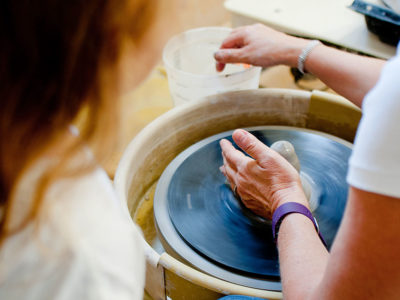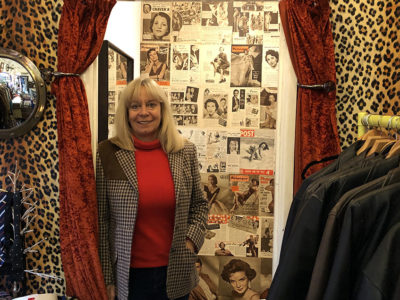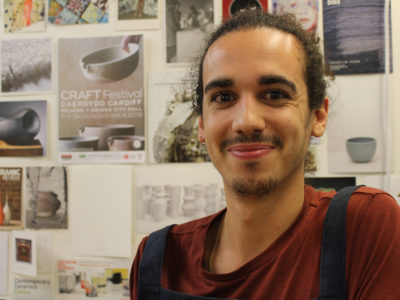What is Japanese raku, one of Keith Munro’s inspiration?
Raku ware is a hand-moulded lead-glazed earthenware, a technique which consists in ceramics that have not been fired to the point of vitrification, leaving them slightly porous and coarser than porcelain.
It originated in the 16th-century in Kyōto by the potter Chōjirō, who was commissioned by Zen tea master Sen Rikyū to design wares specifically for tea ceremony.
Raku wares was a way to distance Japanese pottery from existing forms, discovering simpler ones. The vessels have a wide, straight-sided bowl set on a narrow base.
Raku wares are moulded entirely by hand leaving each piece with the maker’s marks on the surfaces.
The technique used to make these wares is unusual. Instead of placing the pots in a cold kiln, the glazed ware is placed in a hot kiln for only about one hour.
This puts the pots under extreme stress creating unique effects on the whole surface of the glaze.
Credits for video and images: Camille and Sophie Munro
The potter is ready to move to his Cardiff studio to the Gower in search of new inspiration to make his ceramics
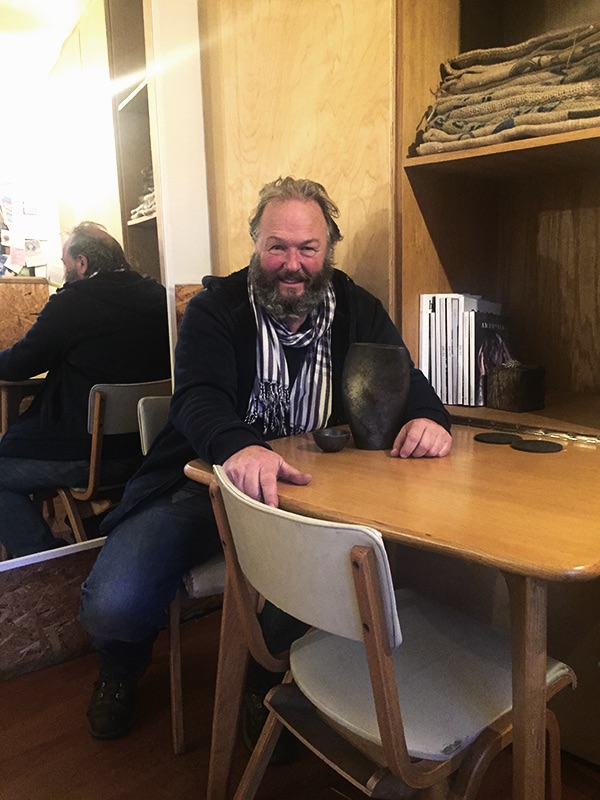
When Keith Munro walks in, all of his charisma and happiness momentarily fill the calm and intimate space of Lufkin Coffee, at Kings Road Yard. He doesn’t change the atmosphere: he adds to it.
The jazz music in the background makes for the perfect accompaniment to the conversation. Not many people dared to walk outside on such a rainy day, but Keith and a beautiful woman are there, protecting Keith’s pots under their coats from the heavy rain. The woman introduces herself as Caroline before leaving.
As soon as he sits down, he orders a cappuccino, “Please.”
“That was my wife, she’s French,” he says. “I met her in Paris when I was 26 and we’ve been together for 35 years now.”
They met by chance, like in a movie. He was looking out of a balcony in Paris when she got out of a car on the opposite side of the road. She walked into the block and his friend, Ross Lovegrove, invited her in but she didn’t accept. When Keith went to the door he saw her about to go up the next flight of stairs so he said “join the party!” and she did.
And a big, contagious laugh comes out, both from his mouth and his icy eyes.
Pottery is in my blood. When I’m making pots, I have a smile on my face all the time
That was the beginning of their life together, filled with projects such as the creation of the Pontcanna Farmers’ Market. All that Keith and Caroline do is driven by passion and a wish to pursue happiness while helping others. It’s selfless and pure, no pretentions. Is there something that makes Keith the happiest?
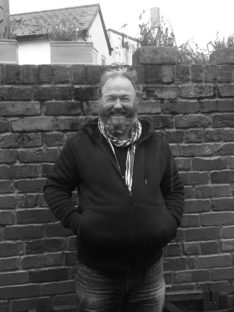
“Pottery! It’s in my blood. When I’m making pots, I have a smile on my face all the time”, he says. Something that is hardly ever missing from his friendly expressions. He adds he’d be happy to make pots for the rest of his life, although he hasn’t been able to do it every day like he used to.
The new studio by the beach
At the moment Keith is in a transitioning period moving his studio from Cardiff to the Gower. He loves the countryside and the city for the endless inspiration that they can give him, but he doesn’t see himself permanently living in either. “I need both,” he explains.
Keith was 14 when he first touched clay. The second he did, he knew he wanted to become a potter. He says he saw a program on BBC called Mud and Water Man (about an English potter going to Africa to observe African pottery) which had a huge influence on him. “I loved what the African people were making,” he says.
“What I want to achieve with my work is to make things simple and pure”
The purity of ceramics
African pottery insinuated itself in Keith’s own technique of making ceramics. It took him three years to develop a clay that had three fundamental characteristics: withstand high temperature, waterproof without a glaze, and able to capture the flames of the oven when touched.
Keith confesses that his inspirations are African art, Japanese raku, and primitive art. He loves these techniques because people using them make things naively and not for money. “I think that’s the best type of art;” he says. “To make it for yourself. To do it from your soul. It’s very, very beautiful when it’s that pure. Which is what I want to achieve in my work, to make things simple and pure.”
What is Japanese raku, one of Keith Munro’s inspiration?
Raku ware is a hand-moulded lead-glazed earthenware, a technique which consists in ceramics that have not been fired to the point of vitrification, leaving them slightly porous and coarser than porcelain.
It originated in the 16th-century in Kyōto by the potter Chōjirō, who was commissioned by Zen tea master Sen Rikyū to design wares specifically for tea ceremony.
Raku wares was a way to distance Japanese pottery from existing forms, discovering simpler ones. The vessels have a wide, straight-sided bowl set on a narrow base.
Raku wares are moulded entirely by hand leaving each piece with the maker’s marks on the surfaces.
The technique used to make these wares is unusual. Instead of placing the pots in a cold kiln, the glazed ware is placed in a hot kiln for only about one hour.
This puts the pots under extreme stress creating unique effects on the whole surface of the glaze.
Credits for video and images: Camille and Sophie Munro

